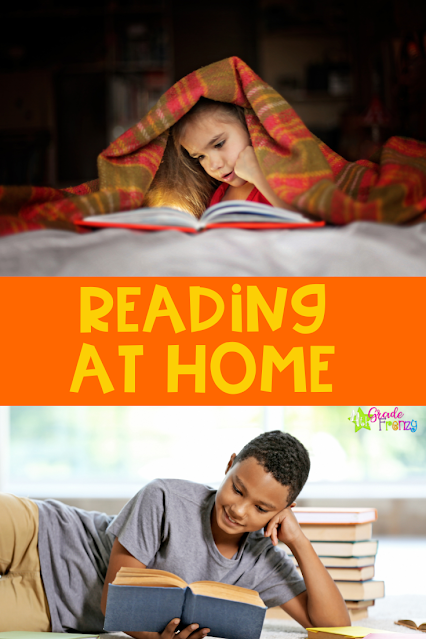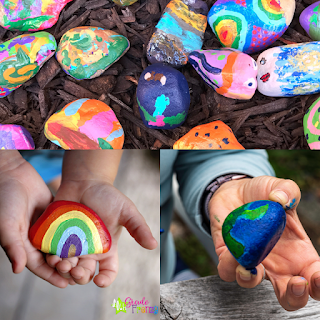Reading comprehension is a major goal of reading instruction. Reading comprehension skills include visualization, making connections, character analysis, sequencing, discovering a theme, finding the main idea and details, drawing conclusions, comparing and contrasting, and more. Teaching reading comprehension can be fun!
Here are a few reading comprehension activities and strategies for your consideration:
1. Draw pictures during read-a-louds to help with visualizing.
Choose a passage or chapter from the book you are reading. Hand out a blank sheet of paper and tell students to draw what they picture in their minds during a read-a-loud. When you are finished reading, discuss the drawings or give students an opportunity to walk around and look at other classmates' drawings. Another option is to read a poem. Students love drawing pictures while they listen to Shel Silverstein's silly poems!
2. Create timelines to help with sequencing.
Give students a blank timeline and have them fill it in as they read. It may be beneficial to complete a timeline together first if students are not familiar with this tool.
This timeline resource contains a blank timeline along with other specific timelines:
3. Use Venn Diagrams to help with Compare and Contrast.
It may be fun to begin with overlapping hula hoops on the ground to sort information. Write the 2 ideas and specific information to be compared on index cards. Have students sort into the hula hoops. You could complete one together as a class and then break up into small groups to sort cards for other stories or texts.
This activity works well if you integrate social studies into your reading block. This Lenape resource is an example of how a social studies text could be used for a compare and contrast activity using a Venn Diagram. It is appropriate for the New Jersey curriculum but could work with any state in which the Lenape are studied.
4. Give students time to make connections to self, world, and other stories.
After reading, have students finish this sentence:
This story reminds me of...
Suggest that students think about how the story reminds them of something they experienced, something that happened in the real world, or another text. Have students respond on a sticky note and share responses.
These worksheets may help students organize their information:
5. Have students use toy magnifying glasses to work on drawing conclusions.
Hand out inexpensive magnifying glasses and explain to students that they are gathering evidence in the story. Explain that drawing conclusions means using what you read and what you already know to form an idea or come up with an answer to a question. Use a notebook or this worksheet to help students draw conclusions:
Click the star to follow my TpT store! ⭐































